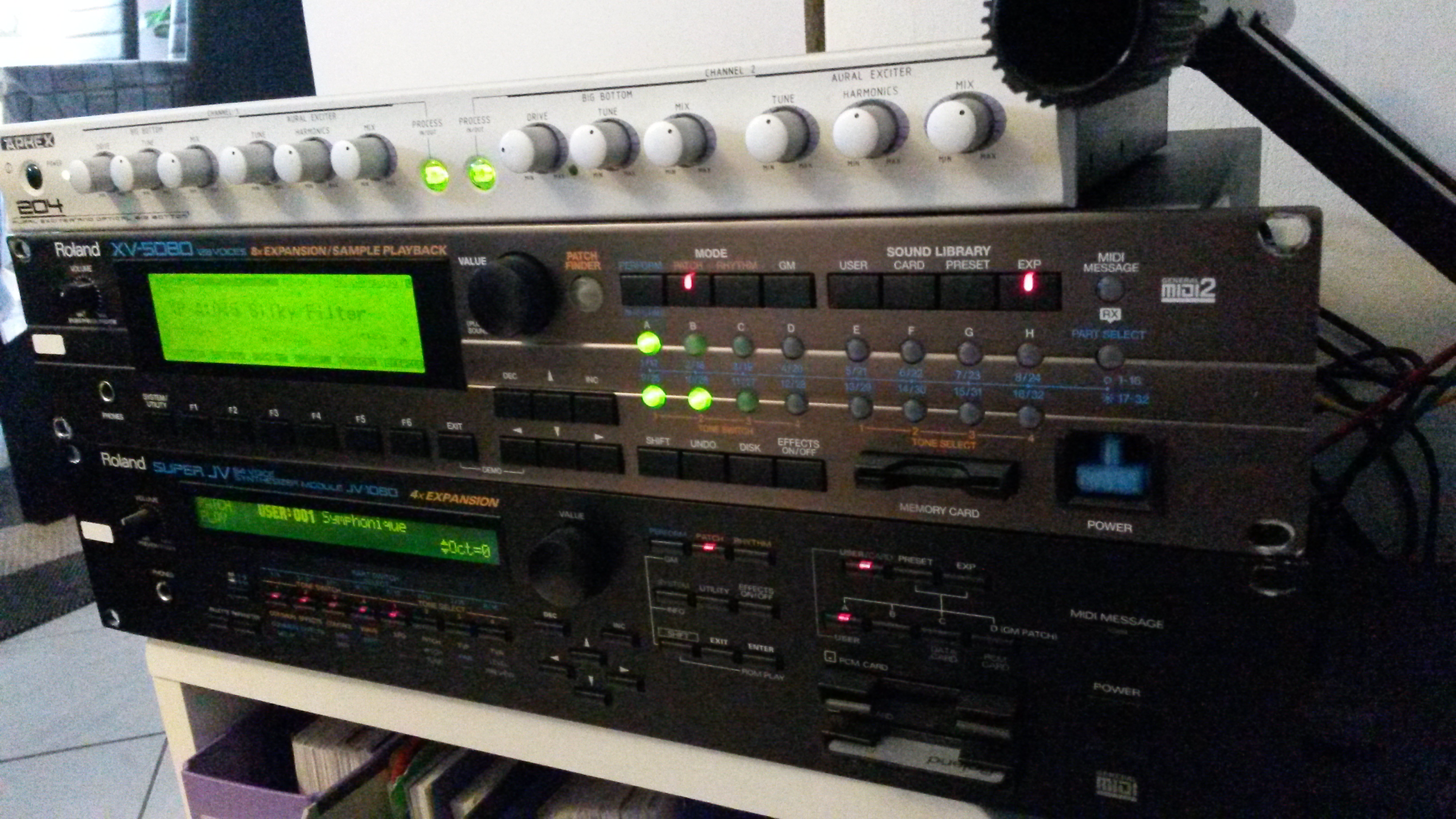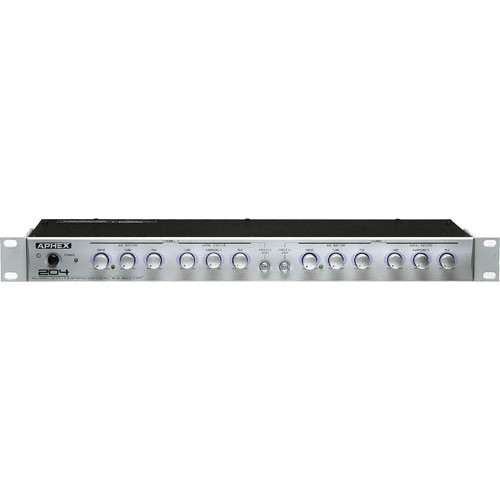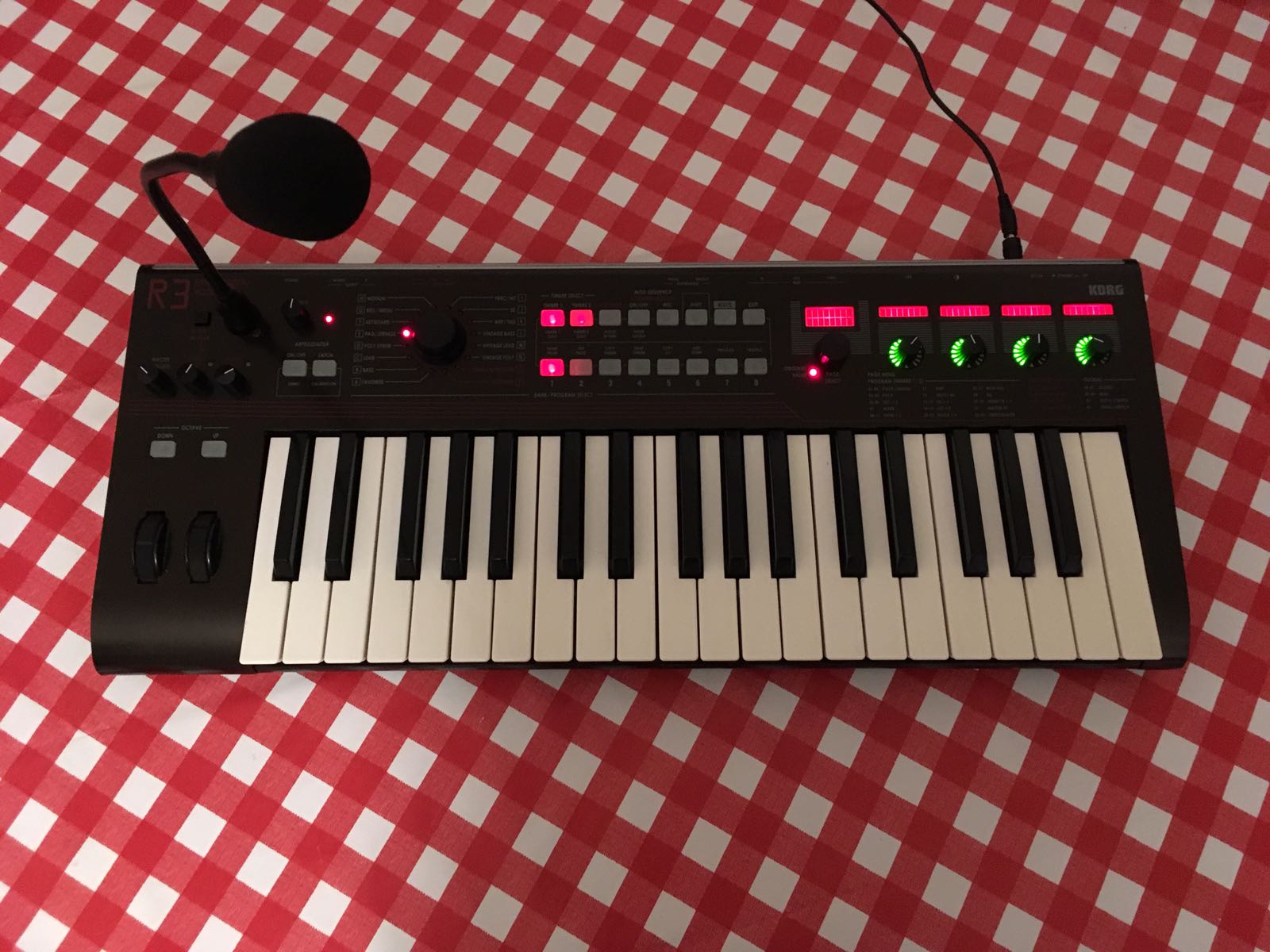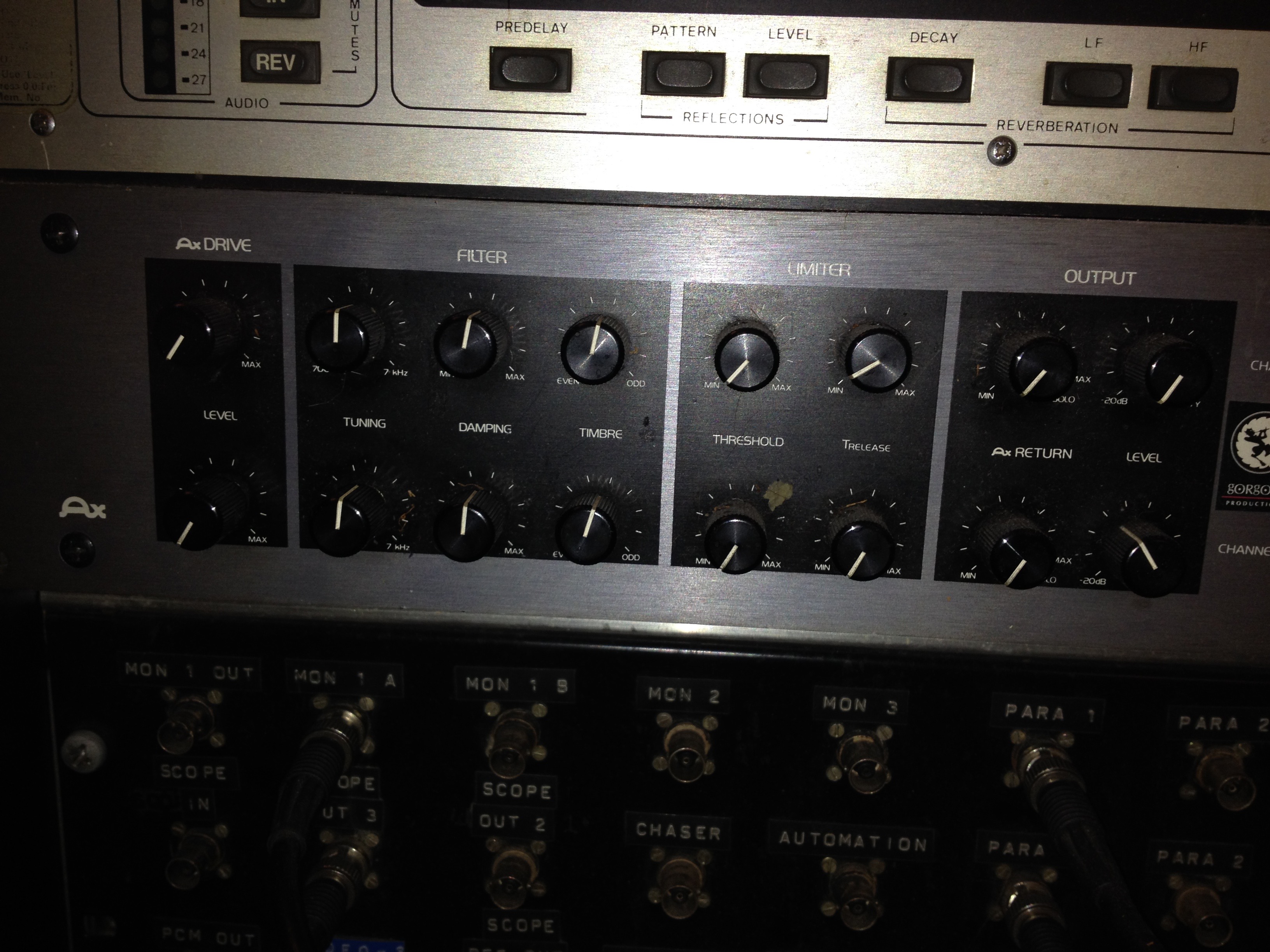

The latter deduction is accomplished by a principle of subharmonic matching, for whose realization a simple, universal and efficient algorithm was found.

The procedure comprises the formation of determinant spectral pitches (or 'fundamental frequency') from those spectral pitches. While the auditively relevant 'fundamental' of a complex signal cannot be defined in purely mathematical terms, an existent model of virtual-pitch perception turns out to provide a suitable basis. The observed relations between sharpness and the investigated sound parameters could be approximated by a weighted first moment of the loudness-critical band rate-pattern.Ī procedure for the schematic and automatic extraction of 'fundamental pitch' from complex tonal signals, such as voiced speech and music, has been developed. Although some of these measurements revealed large scatter in the responses, sharpness appeared as an attribute distinguishable from pitch and loudness. The fine structure of the spectrum showed a comparatively small effect on sharpness.Exploratory experiments were aimed at scaling the sharpness of sounds differing strongly in loudness and pitch.

Sharpness increased with the upper and lower limiting frequency as well as the slope of the spectral envelope. Doubling, halving and directly comparing sharpness yielded internally consistent results. in the limiting frequencies and slopes of their spectral envelopes, could be determined quantitatively with different methods. Sharpness of both noise and harmonic complex tones, which were nearly equal in pitch and loudness and differed e.

In the present experiment, sharpness was scaled by several standard psychophysical methods in order to test its consistent measurability. The hardware implementation consumes 47.74 $mu$ at 0.5 V operation with 65 nm HVT standard cell library.Ī factorial investigation on verbal attributes of timbres of steady sounds had shown that the attribute sharpness represented the factor carrying most of the variance (v. Compared with multiband (mband) spectral subtraction and minimum mean square error (mmse) algorithms, the computational complexity of the proposed algorithm can save 90% computational complexity. Simulation results show that the proposed algorithm has better SNR and PESQ performance than other non-pitch based NR algorithms in non-stationary background noise environments. The neuromorphic noise attenuator reduces the background noise by using the characteristics of human hearing system and the clues of speech. The pitch-based VAD is developed on ANSI S1.11 based filter bank architecture and employs the characteristics of monosyllable and nonlinear energy operator (NEO) to improve the accuracy of VAD. The proposed NR design consists of a pitch-based voice activity detector (pitch-based VAD) for speech detection and a neuromorphic noise attenuator for speech enhancement. This paper presents a low computational complexity hardware-oriented neuromorphic pitch based noise reduction (NR) algorithm and hardware implementation for monosyllable hearing aid system applications.


 0 kommentar(er)
0 kommentar(er)
